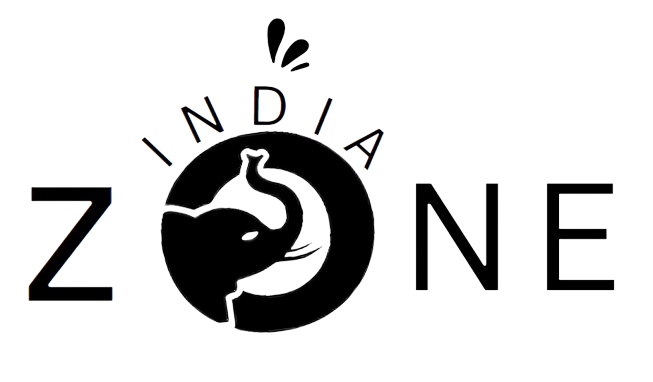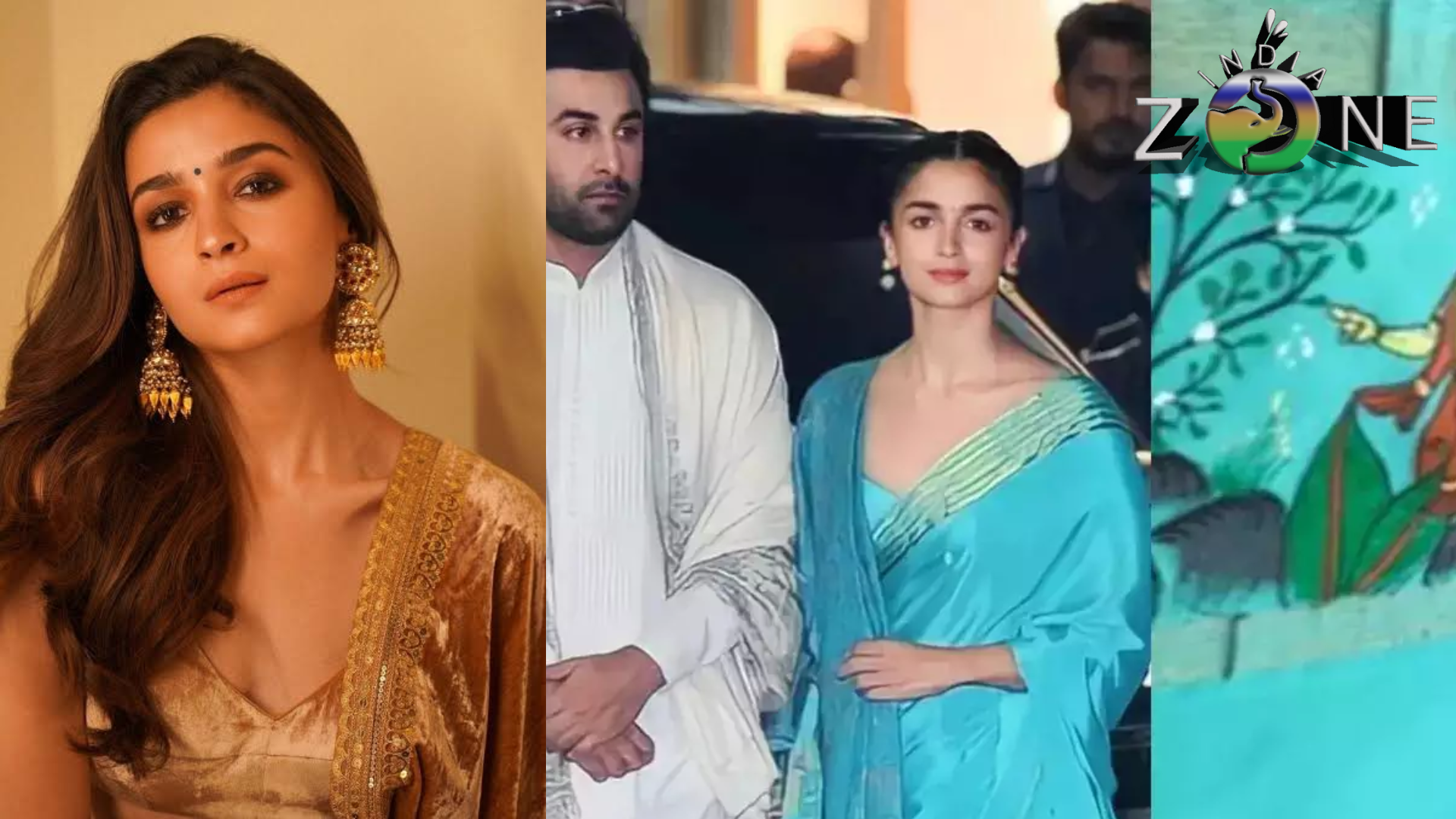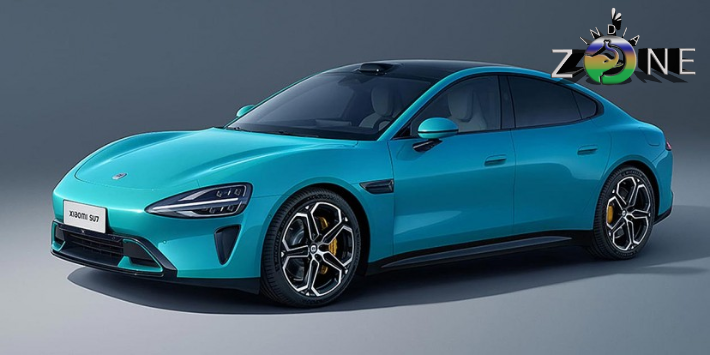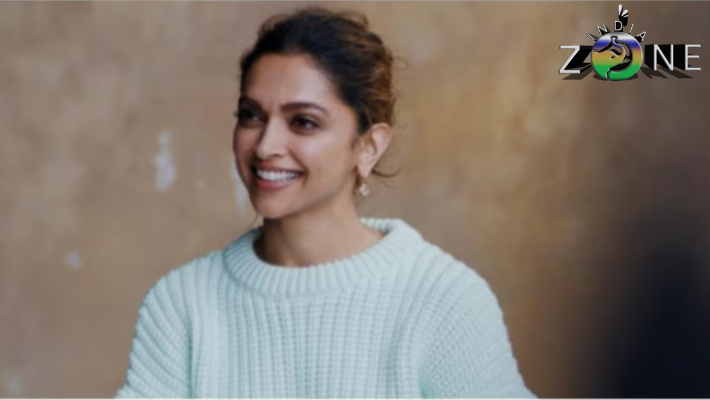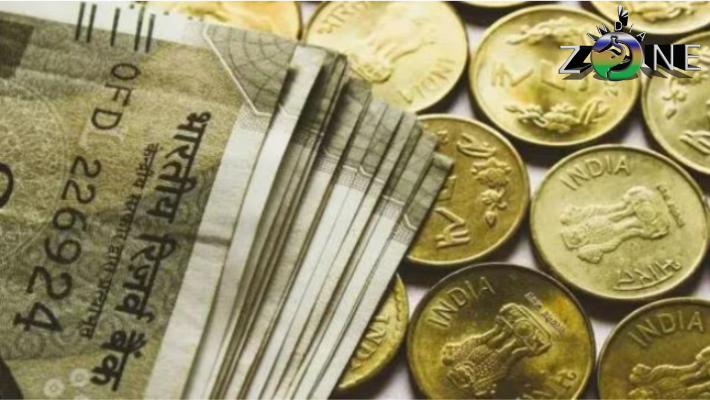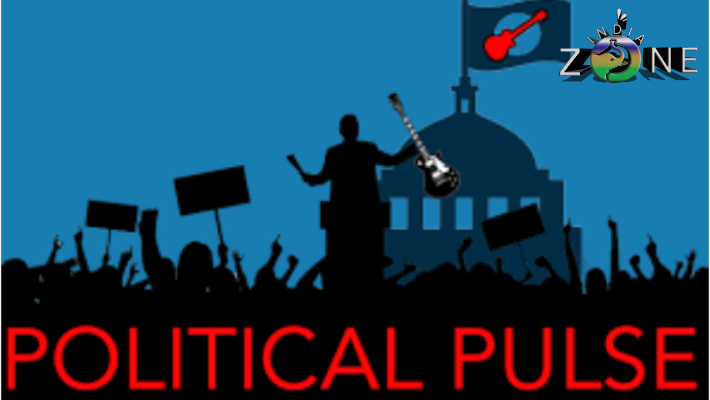
By closely observing poll expenditures, the Election Commission (EC) plays a vital role in guaranteeing the impartiality and openness of electoral procedures in the complex process of holding general elections. This entails a thorough investigation into the expenditure patterns of political parties and individual politicians. To ensure that there is no undue effect on the results of the elections, the EC closely monitors the financial outlays with the assistance of its own assigned observers as well as state and federal enforcement authorities.
It’s crucial to be aware of the unique spending cap rule that pertains to candidates and parties in different ways. Although there is no formal cap on the amount of money political parties can spend on elections, there are stringent financial limitations for individual candidates. Candidates seeking for seats in the Assembly (state legislatures) are restricted to Rs 40 lakh, while those standing for the Lok Sabha (the lower house of India’s Parliament) have ceilings set at Rs 95 lakh.
To account for the differing sizes and densities of populations in various areas, these caps have been lowered to Rs 75 lakh for Lok Sabha candidates and Rs 28 lakh for Assembly candidates in smaller states and Union Territories.
These restrictions are intended to level the playing field for all candidates and guarantee that policies, philosophies, and personal appeal—rather than financial strength—will be the determining factors in elections. By reducing the possibility of corruption and improper influence, this strategy aims to strengthen the democratic process.
Over time, the spending caps have been raised in response to rising inflation, shifting economic dynamics, and the rising expenses of running political campaigns. For example, the quota for Assembly candidates increased from Rs. 28 lakh to Rs. 40 lakh, and the cap for Lok Sabha candidates increased from Rs. 70 lakh to Rs. 95 lakh in 2019.
The EC has been making reforms to protect the electoral process’s integrity and impartiality, while also adapting to the changing financial dynamics of electioneering.
In the context of political elections, the idea of a spending cap is a regulatory tool intended to maintain fair and equal competition among candidates. This quota sets a maximum amount that a candidate may lawfully spend on a range of campaign-related expenses, including holding public events and rallies, printing and distributing ads, making posters and banners, and using cars for political campaigning. Setting such restrictions is primarily intended to prevent wealthy candidates and parties from abusing their financial clout to unduly sway electoral outcomes.
This upholds the democratic principle that candidates should be chosen based more on their qualifications, ideas, and policies than on the amount of money they have raised during their campaigns.
In order to adhere to these regulations, candidates must keep a complete record of all expenses linked to their campaigns. This entails preserving receipts and thorough documentation of every dollar spent during their election campaign. Candidates have a predetermined amount of time—usually 30 days—after the election to turn in a detailed spending report to the Election Commission (EC). This report has to give a clear breakdown of all the expenses incurred and a transparent explanation of the distribution of campaign funds.
The EC has several reasons for requiring expenditure statements to be submitted. It serves as a tool to encourage transparency in political fundraising in addition to making it easier to enforce the expenditure caps. Through careful examination of these declarations, the EC can spot any inconsistencies or breaches of the spending limitations, which could lead to fines or legal repercussions for the candidates in question. Additionally, by requiring candidates to run their campaigns within predetermined financial limits and guaranteeing fair elections, this strategy promotes accountability among candidates.
This legislative framework is essential for maintaining election integrity, discouraging unethical behavior, and boosting public trust in the democratic process. It emphasizes the dedication to a democratic culture in which the goal of elections is still to interact with voters, listen to their issues, and put forth workable proposals rather than outspend rivals.
A key component of the Election Commission’s (EC) responsibility to guarantee fair electoral procedures is the commission’s periodic modification of the expenditure cap for political campaigns. Two major elements are driving this adjustment process: the shifting demographics, especially the rise in eligible voters, and the evolving economic landscape as seen by cost issues. These changes are an attempt to strike a compromise between the rising expenses of running a campaign and the idea of keeping the playing field fair for all candidates, regardless of their financial support.
In 2022, as part of the most recent spending cap adjustment, the European Commission conducted a thorough evaluation process to see whether the expenditure limitations needed to be revised. In order to gather input from a broad variety of stakeholders, including political parties, chief electoral officials, and election observers, a specialized committee had to be established. A noteworthy discovery that informed the committee’s proposal was the discernible rise in the Cost Inflation Index (CII) and the number of electors after 2014.
The CII, a metric used to assess the yearly rise in asset and product prices as a result of inflation, increased from “240” in the fiscal year 2014–15 to “317” in the fiscal year 2021–2022. This increase in the CII brought to light the increased expenses related to running for office, hence calling for a modification of the spending caps to guarantee that candidates could successfully engage a wider audience while staying within the allocated budget.
The evolution of spending caps in Indian elections over time demonstrates a gradual response to shifting demographic and economic conditions. Over the years, there has been a consistent rise in the amount spent by Lok Sabha candidates, beginning with the first general election in 1951–1952, when the maximum expenditure was set at Rs 25,000 (though in several Northeastern regions, the restriction was even lower, at Rs 10,000).
The cap was left unaltered until 1971, when it was increased to Rs 35,000 in the majority of states to account for the fluctuating expenses associated with running for office. After that, it was raised to Rs 1 lakh for each candidate in 1980 and then adjusted again in 1984, reaching Rs 1.5 lakh in certain states and Rs 1.3 lakh in others. were a sign of the EC’s attempts to match the spending caps to the patterns of inflation and the changing demographics of voters.
This historical view highlights the EC’s flexible approach to election expenditure control, making sure that the financial rules change to reflect both the expansion of the electorate and the general state of the economy. By doing this, the EC hopes to protect the election process’s integrity and foster a fair and competitive atmosphere in which candidates can compete for the public’s support on the basis of their programs, interaction with the people, and merits rather than their wealth.
The evolution of India’s election spending restrictions is a clear reflection of the country’s changing economic conditions and the attempts made to adapt electoral procedures to them. Notably, the early 1990s economic reforms that ushered in the post-liberalization era brought about profound changes to both the Indian economy and the electoral campaigning landscape. One notable turning point was the year 1996, when most states saw a significant three-fold increase in the spending cap for election campaigns, reaching Rs 4.5 lakh.
This modification demonstrated how the liberalization has affected the expense of campaigning, recognizing that candidates must have more access to resources in order to effectively engage an electorate that is changing quickly. In order to account for the wide range of electoral environments across the nation, variations in the spending cap were also implemented based on the number of seats and the Union Territory (UT) status.
The pattern of raising the spending caps persisted in the elections that followed, with the threshold rising to Rs 15 lakh in 1998, Rs 25 lakh in 2004, and then staying the same till 2014. Following this time of stability in the spending caps, there was a notable increase in 2014 when the cap was more than quadrupled to Rs 70 lakh. This rise was a reaction to the decade-long changes in the socioeconomic landscape as well as further inflation.
The most recent modification, which established the current expenditure caps based on the nature and location of the constituency, was made following the 2019 elections.
In addition to imposing spending caps on candidates, the Election Commission and state equivalents have been very careful in controlling and standardizing campaign finance on a finer point. State Election Commissions publish comprehensive rate lists at the district level that include a wide range of campaign-related costs. These prices lists cover lodging, transportation, hoardings, tenting, and even little items like banners, garlands, and rally food. The goal is to guarantee that spending stays within the set limitations and is openly reported on by offering precise information on the acceptable costs for different campaign activities and materials.
For instance, the EC’s meticulous attention to campaign expenditure regulation in the Jabalpur district of Madhya Pradesh goes so far as to establish maximum prices for necessities like stationery and even the maximum amount that can be spent on food servings during campaign events. The EC’s dedication to upholding fair competition, prohibiting excessive spending from skewing the democratic process, and guaranteeing that candidates and parties compete on equal footing is demonstrated by this level of granular regulation.
These actions, which range from changing the overall spending caps to outlining permissible spending on a variety of campaign-related goods, demonstrate the delicate balance that the EC aims to uphold. The Commission seeks to protect election integrity by adjusting to changing economic conditions, meeting the needs of a growing electorate, and enforcing strict oversight of expenditures. This will promote a democratic environment in which voter support and engagement, rather than financial might, determine electoral success.
The increasing amounts of money that political parties spend on their candidates during election campaigns highlight how expensive electoral politics are becoming in India. Recent general election data clearly demonstrates this tendency, with parties investing significant funds in their campaigns to increase the visibility and appeal of their candidates to voters. 32 national and state parties officially spent an astounding Rs 2,994 crore on the 2019 general elections; of this amount, Rs 529 crore was given to the candidates as a lump sum. This allocation, which makes up a sizeable chunk of the total spending, shows how much weight political parties place on the campaigns of individual candidates as essential elements of their larger electoral strategies.
In contrast, the Association for Democratic Reforms’ analysis of data from the 2014 general elections shows that, according to their own disclosures, 342 victorious candidates from five national parties were awarded a total of Rs 75.6 crore. Compared to the 2009 general elections, when 388 MPs from six major parties claimed to have received a total of Rs 14.2 crore, this represented a significant rise. Given the increasing expenses of reaching and influencing a geographically and demographically diverse population, the increased trajectory of these numbers over time indicates a growing emphasis on financial resources in political contests.
For this financial side of electoral politics to be transparent and accountable, the Election Commission’s (EC) regulatory framework is essential. Within ninety days of the Lok Sabha elections, political parties are required to provide the EC with comprehensive reports on their election expenditures. These reports aim to give a thorough overview of all the financial activity surrounding the elections, such as money given to candidates, money spent on advertising, public meetings, campaign materials, and other associated expenses. This rule is a part of the EC’s larger initiatives to uphold an impartial and open election process, enabling the public to examine the sources of funds and the methods used by parties to support their campaigns.
The competitive nature of India’s electoral scene is highlighted by the steady rise in campaign spending and the sizeable sums that political parties donate to their candidates. It also shows how parties are utilizing new tactics to interact with voters and how money is becoming a more important factor in determining how elections turn out. By enforcing regulations, the EC aims to preserve the integrity of the democratic process by striking a balance between the necessity for parties and candidates to run strong campaigns and the necessity to stop undue financial influence on elections.
